


When the website could no longer meet the college’s needs, Wheaton’s web communications team wasted no time implementing a highly strategic approach to transforming their website into a business tool for increasing quality applications.
The Wheaton team knew they needed more than a simple “design facelift” to make wheaton.edu a highly effective marketing, recruitment, and communication tool. They decided to completely update the visual design and site architecture in order to cultivate stronger brand awareness and improve online findability for the college.
Director of Web Communications Rebecca Larson — one of the most focused higher ed marketers we’ve met — explained the rationale behind this (and any) redesign with staggering clarity:
“Beyond serving as simply a communication hub, the website is primarily a recruitment tool to actively attract prospective students and guide them on an information path which ultimately leads to the application form (macro conversion). There are many touch points along this journey (micro conversions) that should be proactively planned and measured to accomplish this goal.”
In mStoner, the Wheaton team found a design partner who understood this thinking as well as their desire to create a website they could develop iteratively over time, rather than a static site that they would need to completely redesign every three to five years.

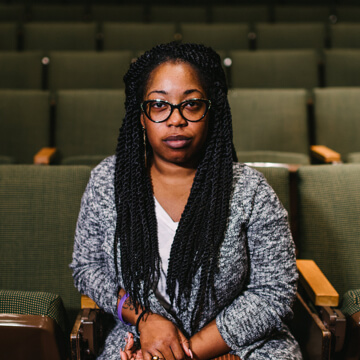
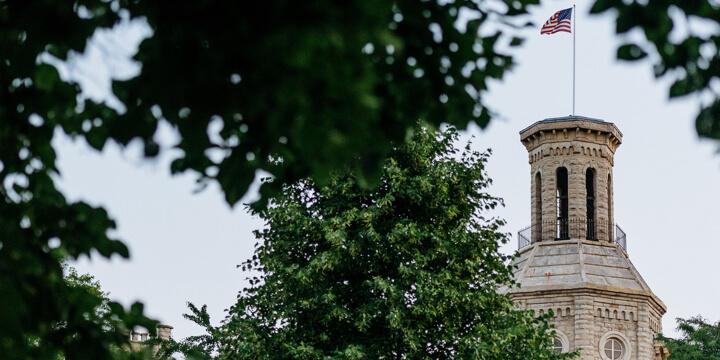

mStoner created six page templates that give Larson and her team a maximum level of flexibility to customize content for every page. This toolbox, comprised of different mobile-ready content types like a show/hide accordion feature and an animated counter, empowers Wheaton to display its content more visually. The design as a whole places more emphasis on photography and images so that Wheaton can showcase their beautiful campus and vibrant community. mStoner also increased the amount of white space on every page to improve readability and add sophistication to the design. All of these decisions aim to increase a visitor’s engagement and time on the site—with the hope that this would translate to increased conversion rates.
“I believe the new site tells Wheaton’s story better by integrating and highlighting more student stories, featuring more alumni testimonials, integrating our social media content, and providing clearer pathways of engagement.” Larson’s well-planned content strategy touches every part of the site, presenting prospective students with the information that interests them the most and moving them through the info-gathering process toward applying.
— Rebecca Larson, Director of Web Communications, Wheaton College
mStoner guided Wheaton through the process of reworking every academic page so that each page anticipates and answers questions prospective students ask: Why study this discipline? Why study it at Wheaton? What could I do with this degree in terms of graduate schools and careers?
To further anticipate prospective students’ questions, mStoner developers and designers also created a custom Program Finder to help prospective students see the breadth and depth of types of programs and then compare and contrast the ones that pique their curiosity.
It was also very valuable to work with a design vendor familiar with our new CMS. Since we were on a tight schedule, mStoner’s existing knowledge and relationship with TerminalFour were extremely important to moving things ahead in a timely way.
Wheaton came to mStoner with a thoughtful approach to social media already sketched out: showcase social media content as much as possible for a more authentic, real-time look at life at Wheaton. mStoner took this direction and ran with it, creating several ways for visitors to share Wheaton’s content as well as like and follow their accounts:
mStoner’s visual design supports the content strategy by cutting down on page clutter, standardizing sections for easier navigation, and beefing up landing pages to entice prospective students to explore.
While Wheaton is still gathering baseline data to measure macro-conversions (application starts, information form submissions, and campus visit online registrations), Larson’s micro-conversion and engagement strategy is bearing fruit:
It’s worth mentioning too that Wheaton and mStoner’s partnership also included a redesign of the site’s online giving section. Page views there are up 8% and entrances to the online giving form (via iModules) are up a whopping 24%.
Regarding Wheaton’s goal of creating a site that could evolve iteratively, Larson reports that their content creators are enjoying the ability to mix and match content types between page layouts. “We have already been able to repurpose one of our page layouts that was originally developed for Centers and use it for the Life at Wheaton landing page. By tweaking some of the content types, we can make them work for slightly different content and audiences.”
One of the best changes, she says, is that their new TerminalFour CMS gives them more knowledge about their own site, so they can troubleshoot and work on improvements themselves rather than hiring a third-party development team.
The Wheaton campus community has reacted positively to the new site as well. Larson and her team felt especially validated when alumni comments like the following arrived: “I just spent time looking at the new site and I love it! Amazing! It’s brilliant! As an alumnus, I want to say, ‘Thank you!’”
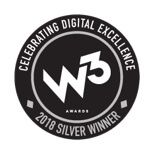
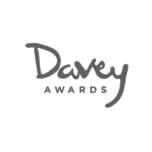
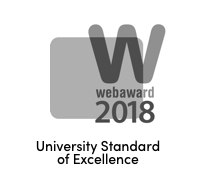
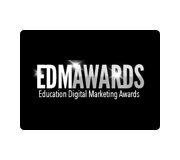
Content and web strategy; discovery interviews and focus groups; responsive redesign; six page design templates; art direction assistance; TerminalFour implementation; thematic CSS development; programming assistance; quality assurance testing